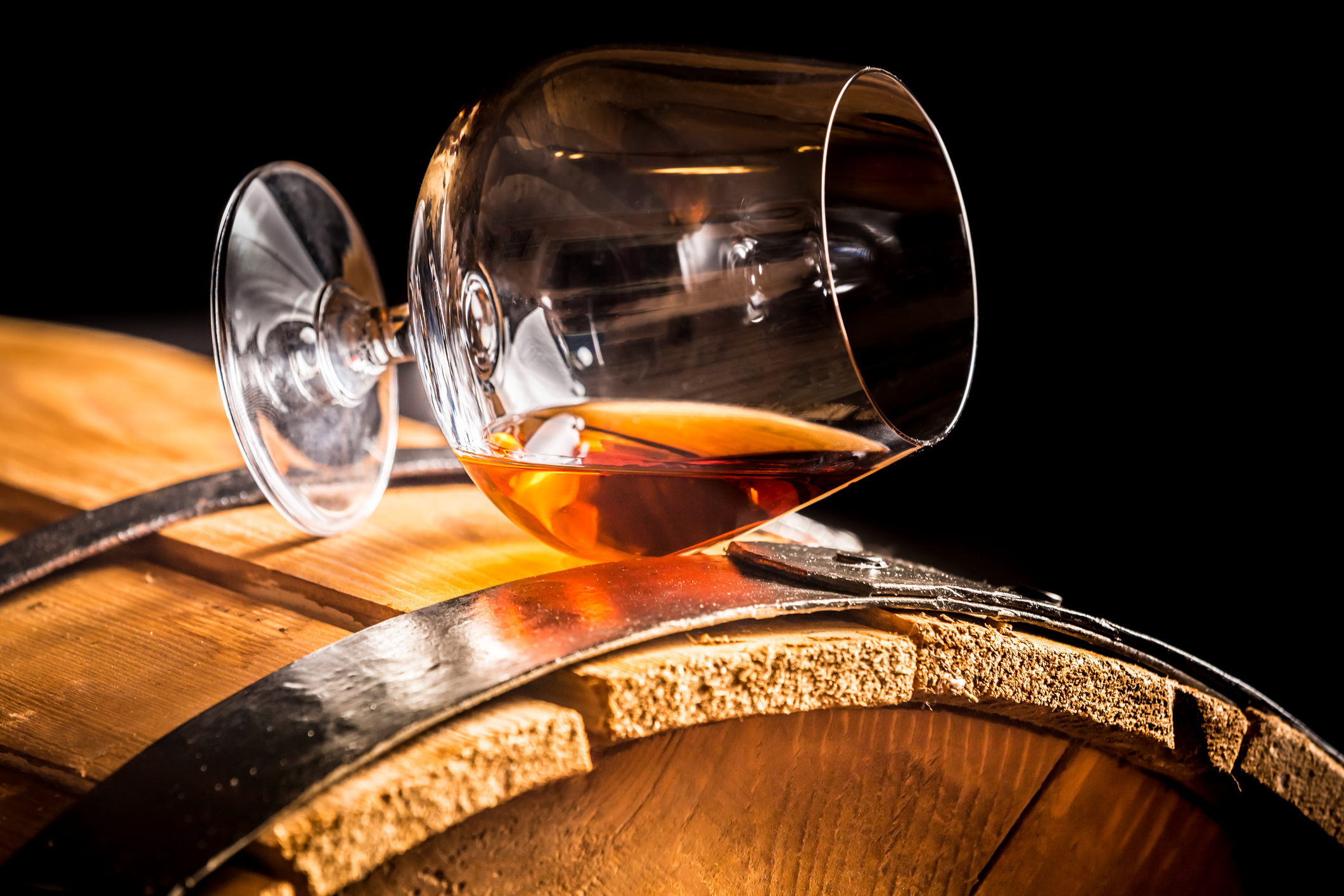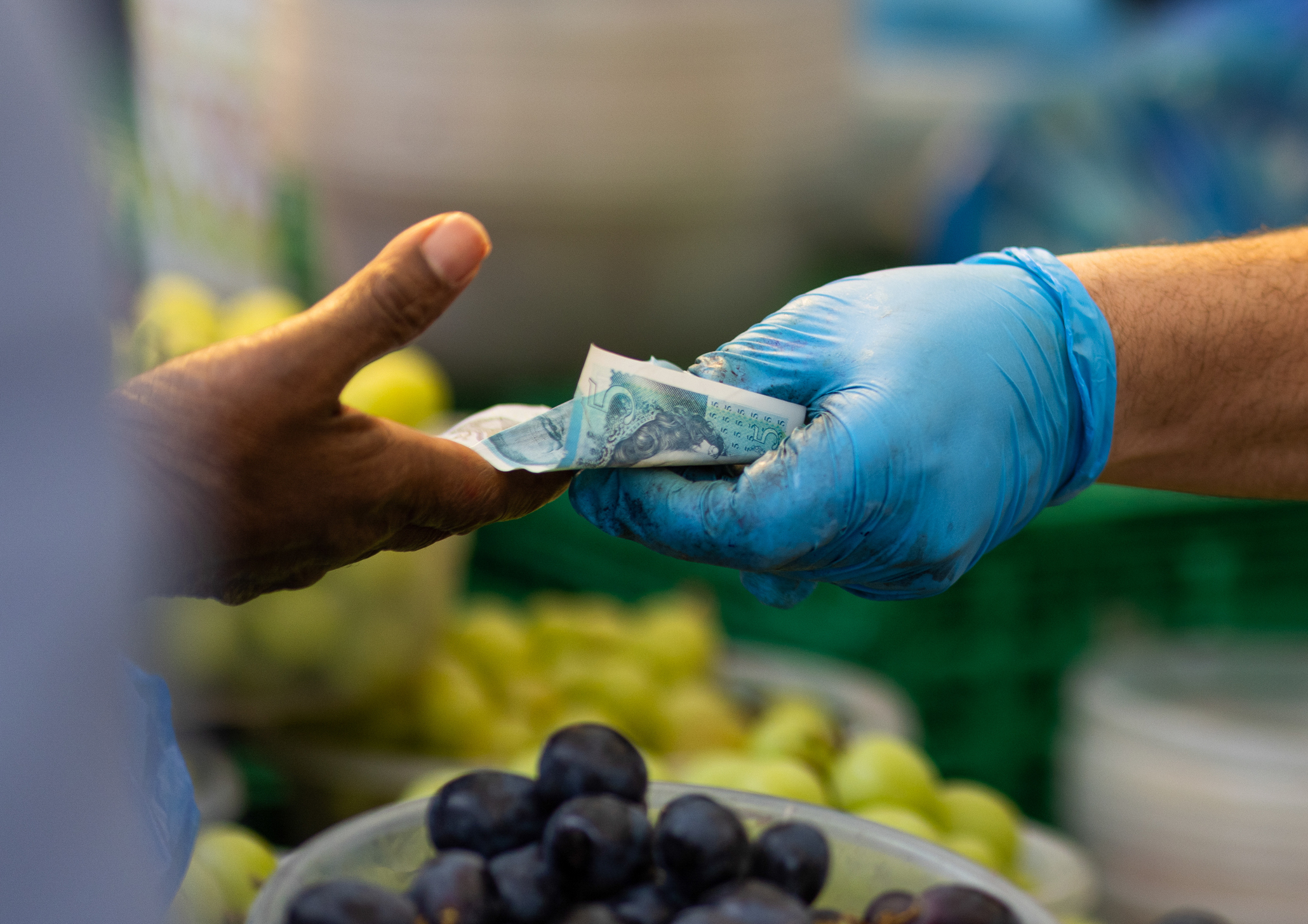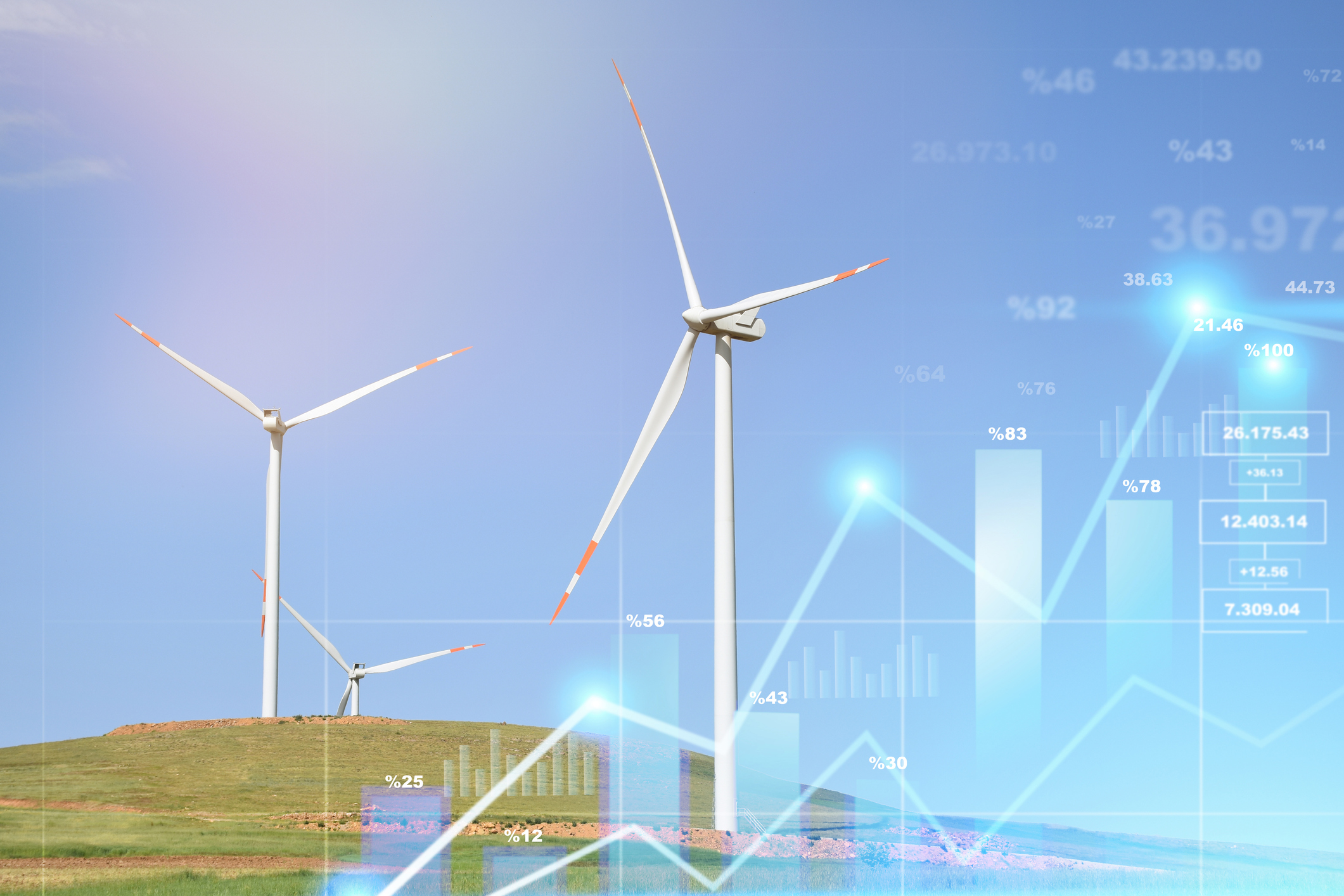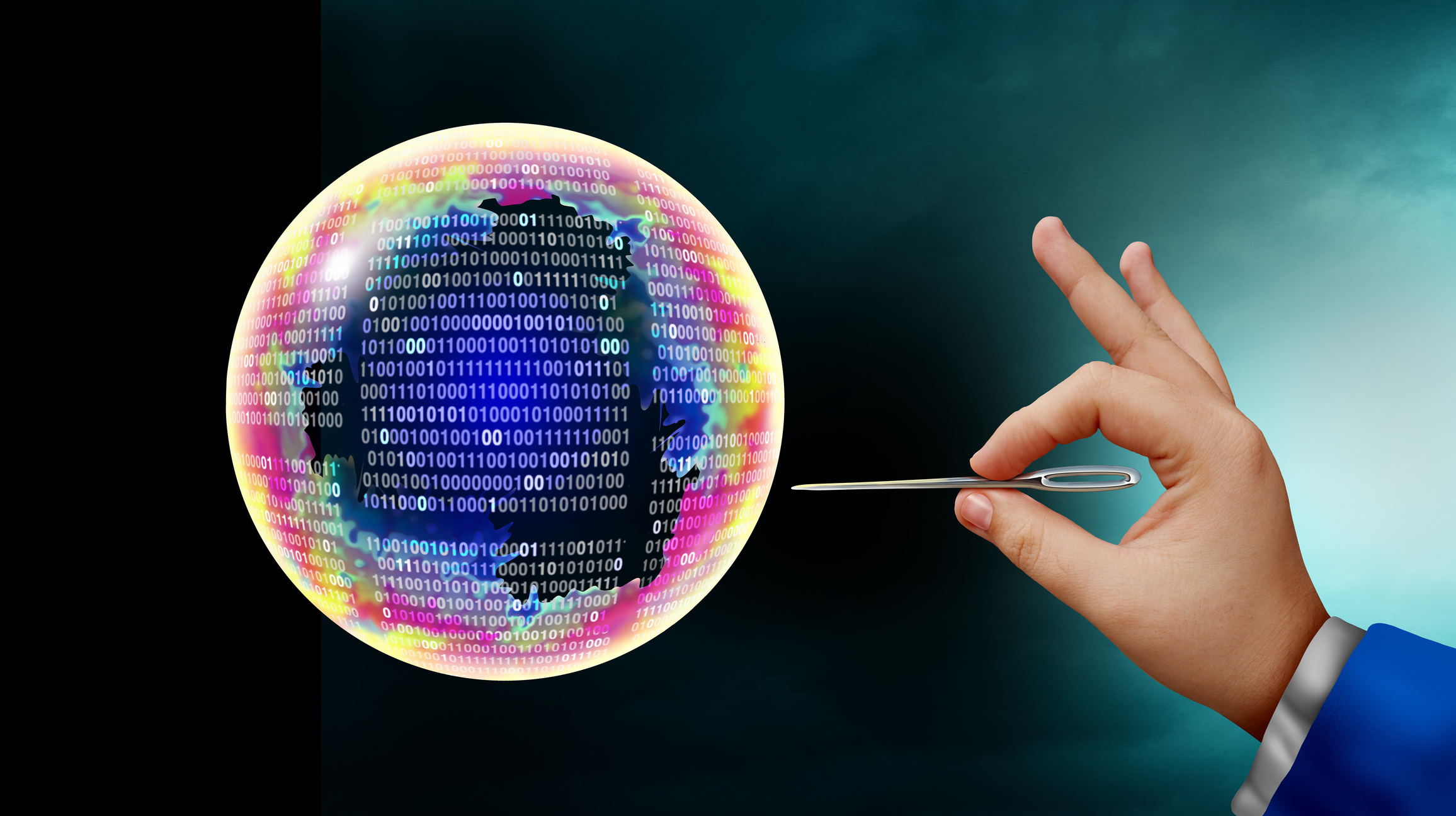Should you collect fine cognac?
The French spirit cognac is going from strength to strength, says Chris Carter


Prices for the rarest cognacs still lag those for Scotch whisky. The collectable market for the latter boomed during the era of ultra-low interest rates and, in any case, the whisky market is quite a bit bigger. Scotland exported £5.6 billion worth of whisky in 2023 against almost €3 billion (£2.5 billion) in annual sales for cognac, as of last month’s data. Of that, 97% of cognac is exported – 31% to China. Days earlier, Beijing had retaliated against European Union tariffs of up to 35% on its electric cars by threatening similar taxes on European brandy (of which 99% comes from France – ie, Cognac). Things may yet get worse. “As America and China sharpen the knives over a simmering trade war that threatens to engulf the [EU]... [cognac, that] famed French tipple, faces being caught in the crossfire,” says Henry Samuel in The Telegraph.
But in spite of the gloom (or maybe because of it), prices for rare cognac have been rising in recent years. In 2020, Sotheby’s sold a bottle distilled in 1792 for £118,580 to set the current auction record. And last February, Martell, the oldest of the “big four” auction houses (along with Hennessy, Courvoisier and Rémy Martin) released a dame-jeanne (a large glass flask) of rare cognac, priced at €1 million. It promised to repeat the feat every year. In another sign that the market is maturing nicely, auction house Christie’s recently published a collector’s guide to buying cognac on its website, ahead of the sale of a single bottle of 72-year-old Martell, which fetched £32,500. That’s pretty old as cognacs go.
The grape ugni blanc (called trebbiano in Italy) is used to make 98% of the high-acidity, low-alcohol white wine that goes into making cognac. A handful of other grape types may also be used, according to the rules. The wine undergoes a double-distillation process, called the repasse in French, in which the brouillis (the distillate) is distilled a second time, with each step known as the chauffe (heating) to be completed no later than 31 March after the grapes were harvested. Impurities are removed and the eau de vie, at up to 73.7% in alcoholic strength to account for the evaporation, is put into casks of French Limousin or Tronçais oak for a minimum of two years. During that time, the clear spirit darkens as it ages and takes on the flavours from the wood. After two years, the cognac can be bottled with the label VS (very special), VSOP (very superior old pale) after four years, Napoléon after six years, XO (extra old) after a decade, and XXO (extra, extra old – also sometimes referred to as hors d’âge) after at least 14 years in the cask.
MoneyWeek
Subscribe to MoneyWeek today and get your first six magazine issues absolutely FREE

Sign up to Money Morning
Don't miss the latest investment and personal finances news, market analysis, plus money-saving tips with our free twice-daily newsletter
Don't miss the latest investment and personal finances news, market analysis, plus money-saving tips with our free twice-daily newsletter
The crus of Cognac
Sometime around 1860, a French geologist named Henri Coquand teamed up with a local wine buff to examine the terroir in the cognac-making region. Coquand identified six distinct areas (crus) and these became officially recognised in 1938. Depending on how the cognac is blended, they may be stated on the bottle label as having come from:
Grande Champagne
Considered the crème de la crème of the crus, the hills and crumbly chalk soil of the Grande Champagne area are excellent for producing the acidic white wine used in making cognac. The eau de vie is said to have a “predominately floral bouquet”, according to the Bureau National Interprofessionnel du Cognac (BNIC), the industry trade body. But it also needs to spend a longer time in the oak casks to mature fully.
Petite Champagne
Petite Champagne is actually a larger area in terms of acreage than its Grande neighbour. But the limestone-chalk soil here is denser and the terrain flatter. Wines from Petite Champagne are also highly regarded, but the eau de vie doesn’t show quite the same level of finesse. “Fine Champagne” comprises a blend of Petite Champagne and at least 50% Grande Champagne.
Borderies
The smallest of the crus by area and the one closest to the town of Cognac, the soil is a mixture of limestone and clay, known as groies. The cognac made from the grapes grown in the Borderies requires less ageing than those grown in the Champagne areas and the wine is “round” and “aromatic” with a “bouquet of violets”, according to the BNIC.
Fins Bois
In the northern part of the Fins Bois, the soil is similar to that of the Borderies and its groies, while in the south, the soil is a bit more chalky. The eau de vie made from the grapes grown here is “round” and “supple” with a “fruity bouquet reminiscent of pressed grapes” and it ages relatively fast.
Bons Bois
The eau de vie produced from the grapes grown in the Bons Bois are quite diverse with the soil being everything from rocky to sandy. The area is also divided between its maritime climate in the west and its continental climate in the east. Bois Ordinaires: Also known as Bois à Terroirs, the grapes grown here are more affected by the winds coming off the Atlantic. The resulting eau de vie has “fruity aromas”.
This article was first published in MoneyWeek's magazine. Enjoy exclusive early access to news, opinion and analysis from our team of financial experts with a MoneyWeek subscription.
Get the latest financial news, insights and expert analysis from our award-winning MoneyWeek team, to help you understand what really matters when it comes to your finances.

-
 Why UK investors are backing British stocks in 2026
Why UK investors are backing British stocks in 2026The UK stock market may be lacking fashionable technology shares but investors are keen to buy British next year
-
 UK inflation live: did inflation fall in November?
UK inflation live: did inflation fall in November?The ONS releases inflation data for November tomorrow (17 December). Has inflation continued its downward trend?
-
 British blue chips offer investors reliable income and growth
British blue chips offer investors reliable income and growthOpinion Ben Russon, portfolio manager and co-head UK equities, ClearBridge Investments, highlights three British blue chips where he'd put his money
-
 Coreweave is on borrowed time
Coreweave is on borrowed timeAI infrastructure firm Coreweave is heading for trouble and is absurdly pricey, says Matthew Partridge
-
 Renewable energy funds are stuck between a ROC and a hard place
Renewable energy funds are stuck between a ROC and a hard placeRenewable energy funds were hit hard by the government’s subsidy changes, but they have only themselves to blame for their failure to build trust with investors
-
 Profit from document shredding with Restore
Profit from document shredding with RestoreRestore operates in a niche, but essential market. The business has exciting potential over the coming years, says Rupert Hargreaves
-
 The war dividend – how to invest in defence stocks as the world arms up
The war dividend – how to invest in defence stocks as the world arms upWestern governments are back on a war footing. Investors should be prepared, too, says Jamie Ward
-
 Literacy Capital: A trust where great returns fund a good cause
Literacy Capital: A trust where great returns fund a good causeThere’s plenty to like about specialist private-equity trust Literacy Capital, says Max King
-
 An AI bust could hit private credit – could it cause a financial crisis?
An AI bust could hit private credit – could it cause a financial crisis?Opinion Private credit is playing a key role in funding data centres. It may be the first to take the hit if the AI boom ends, says Cris Sholto Heaton
-
 8 of the best ski chalets for sale now
8 of the best ski chalets for sale nowThe best ski chalets on the market – from a traditional Alpine-style chalet in Switzerland to an award-winning Modernist building in Japan’s exclusive ski areas